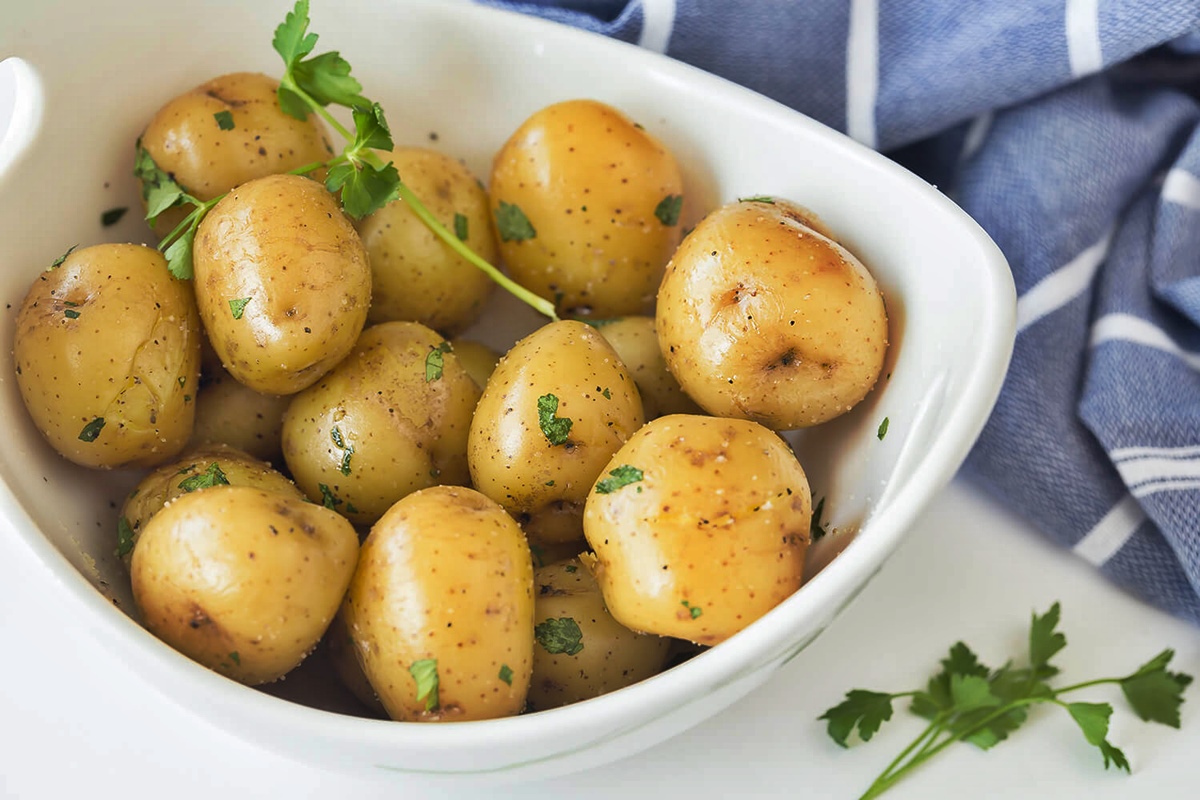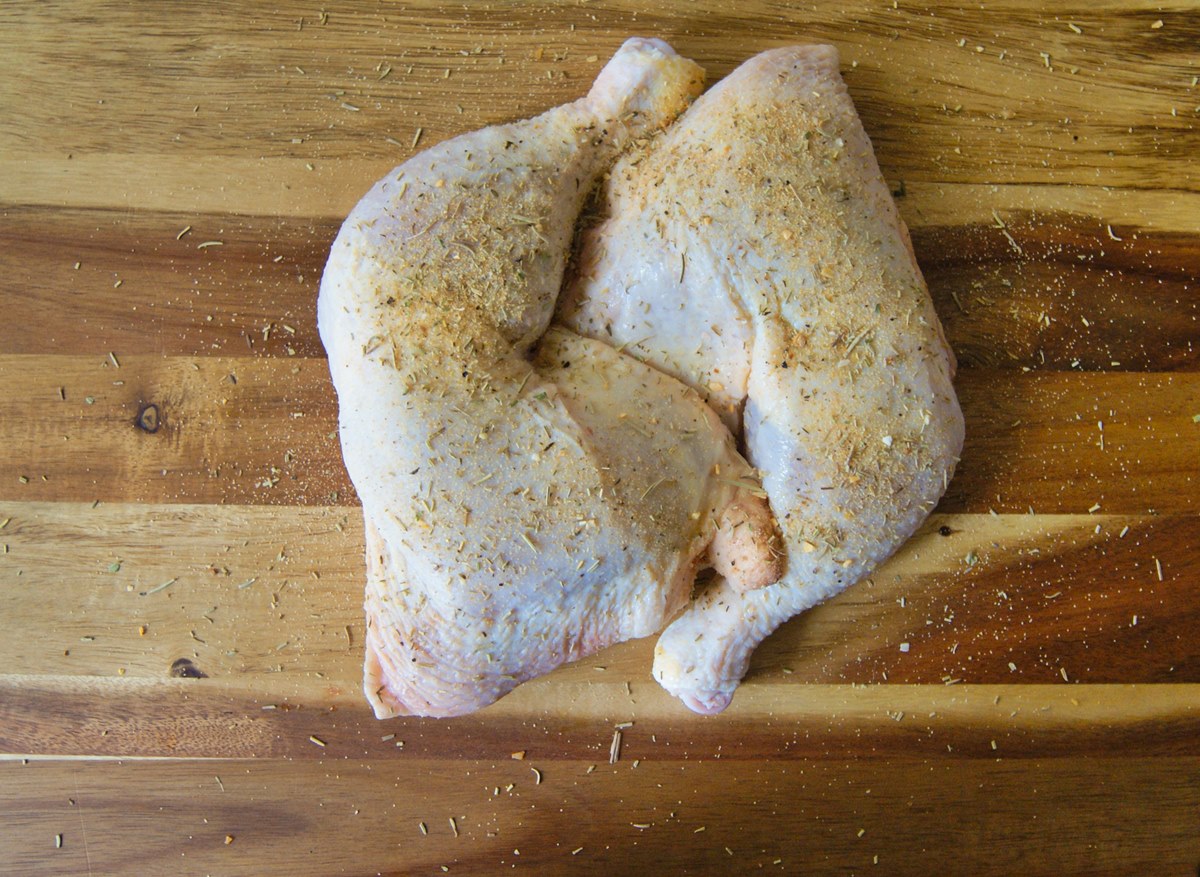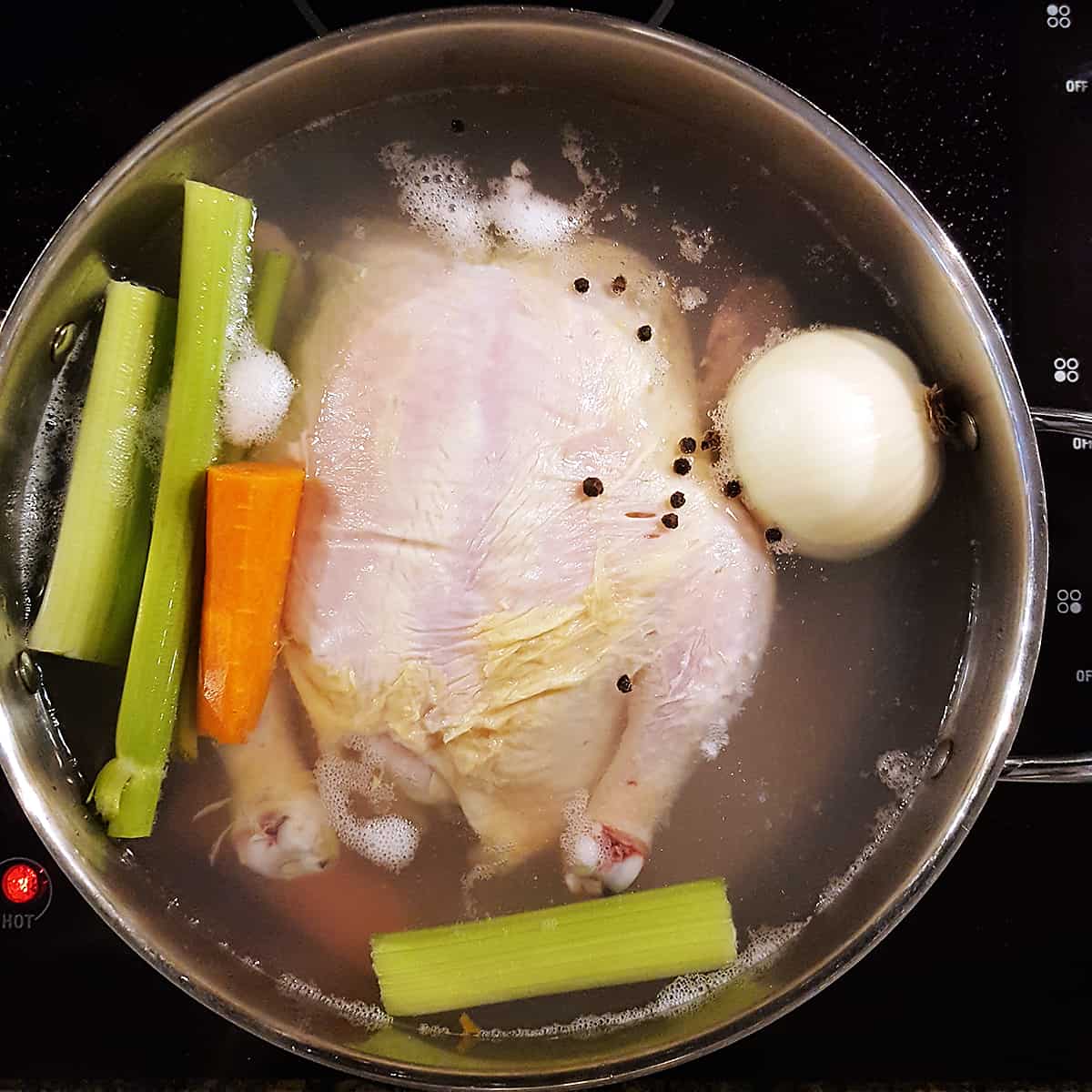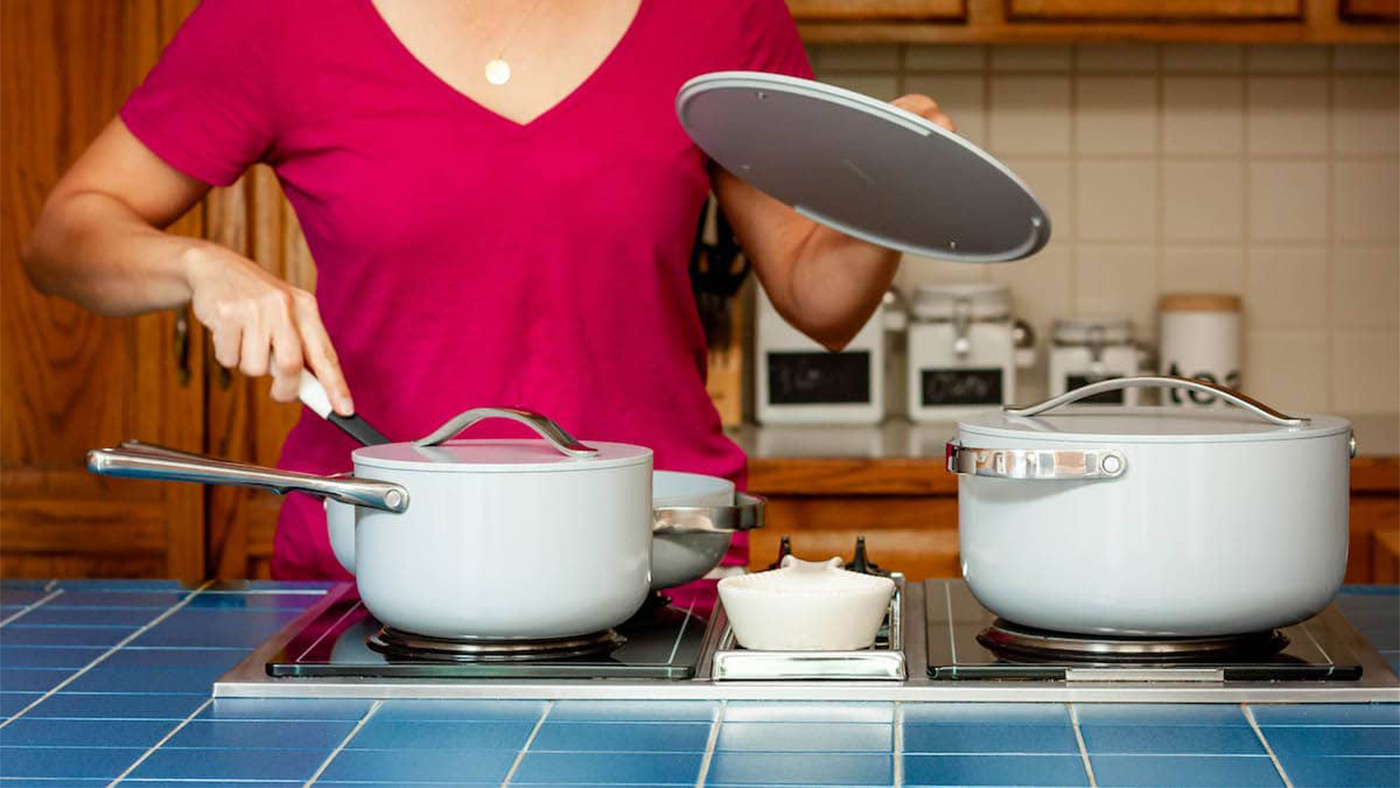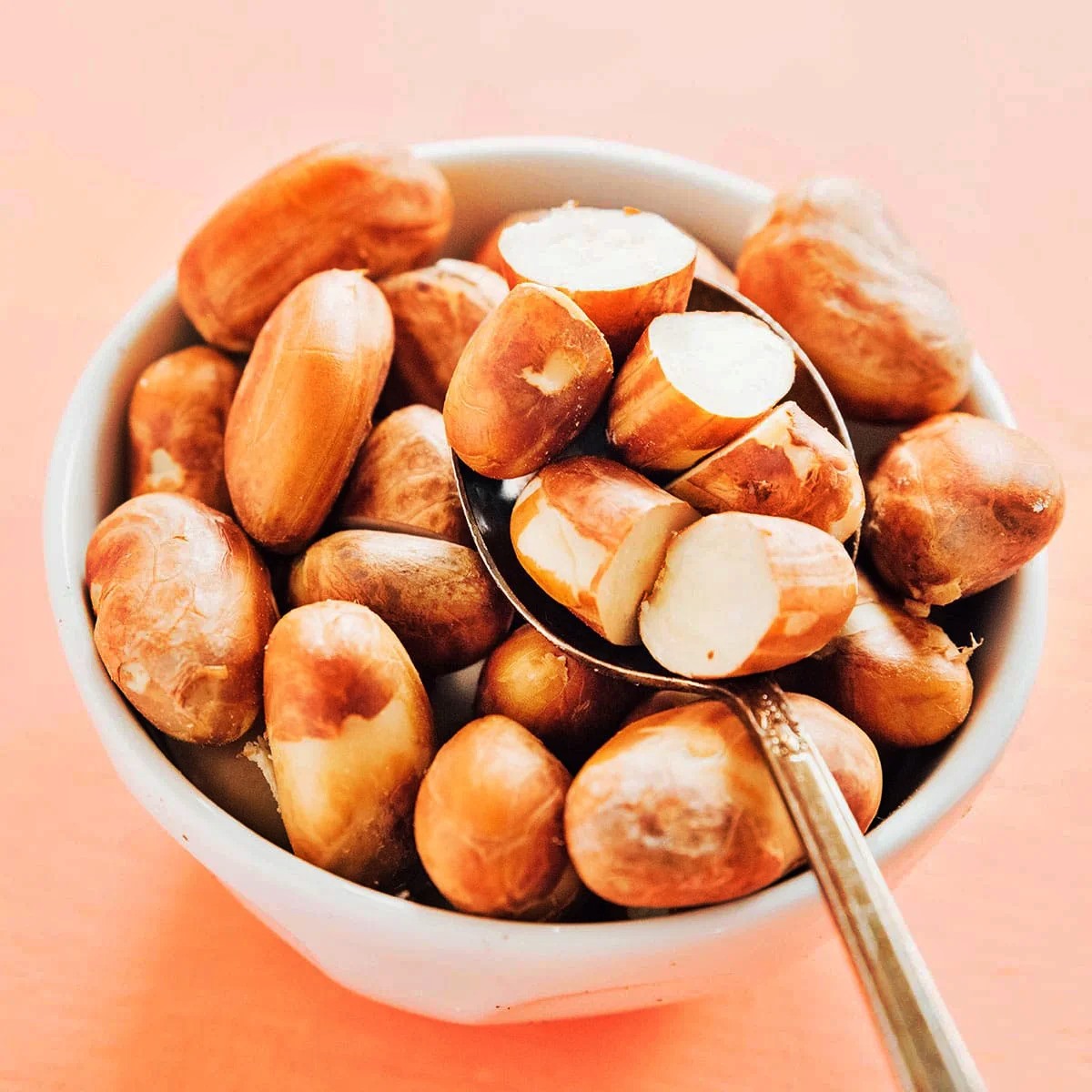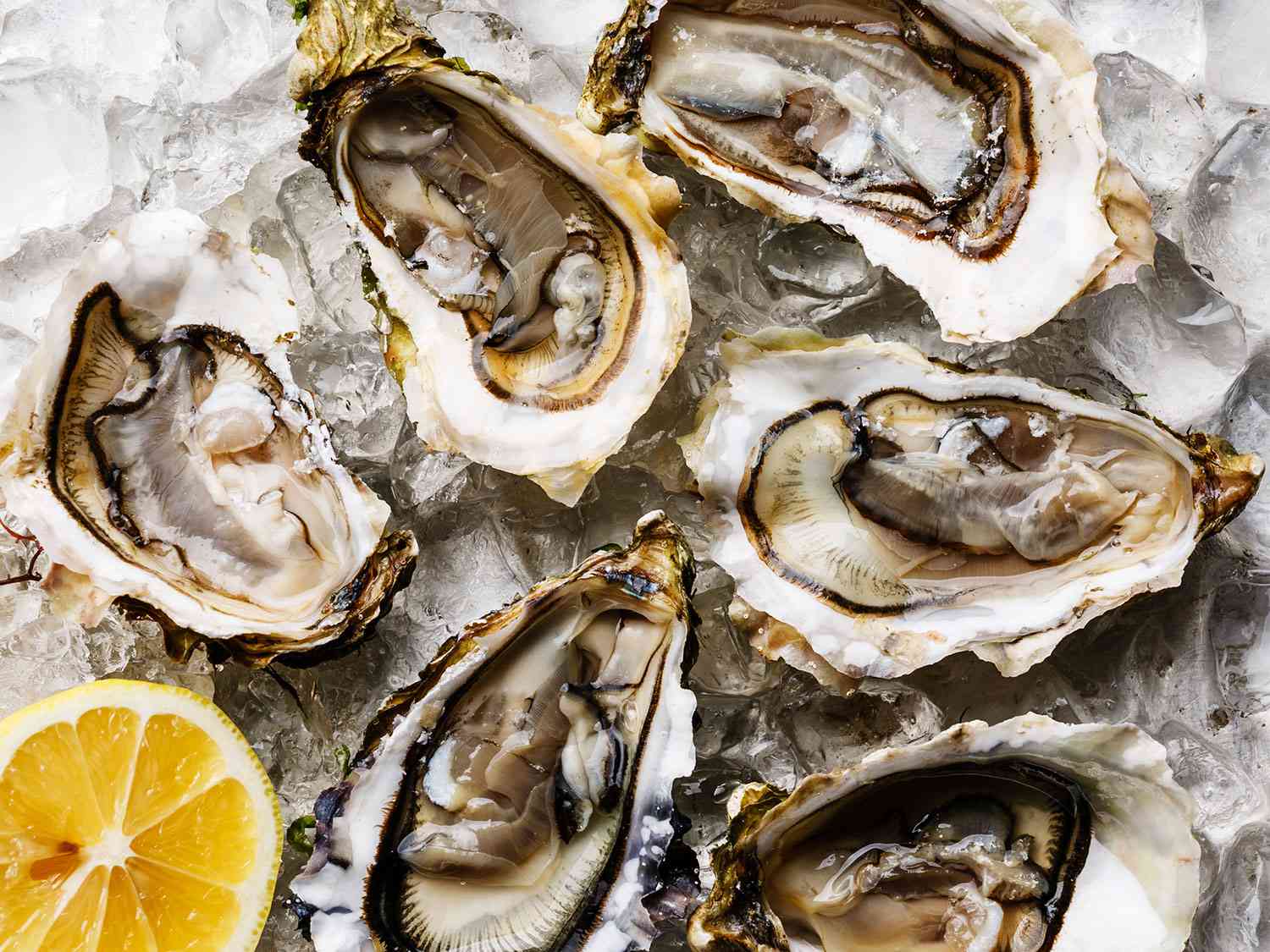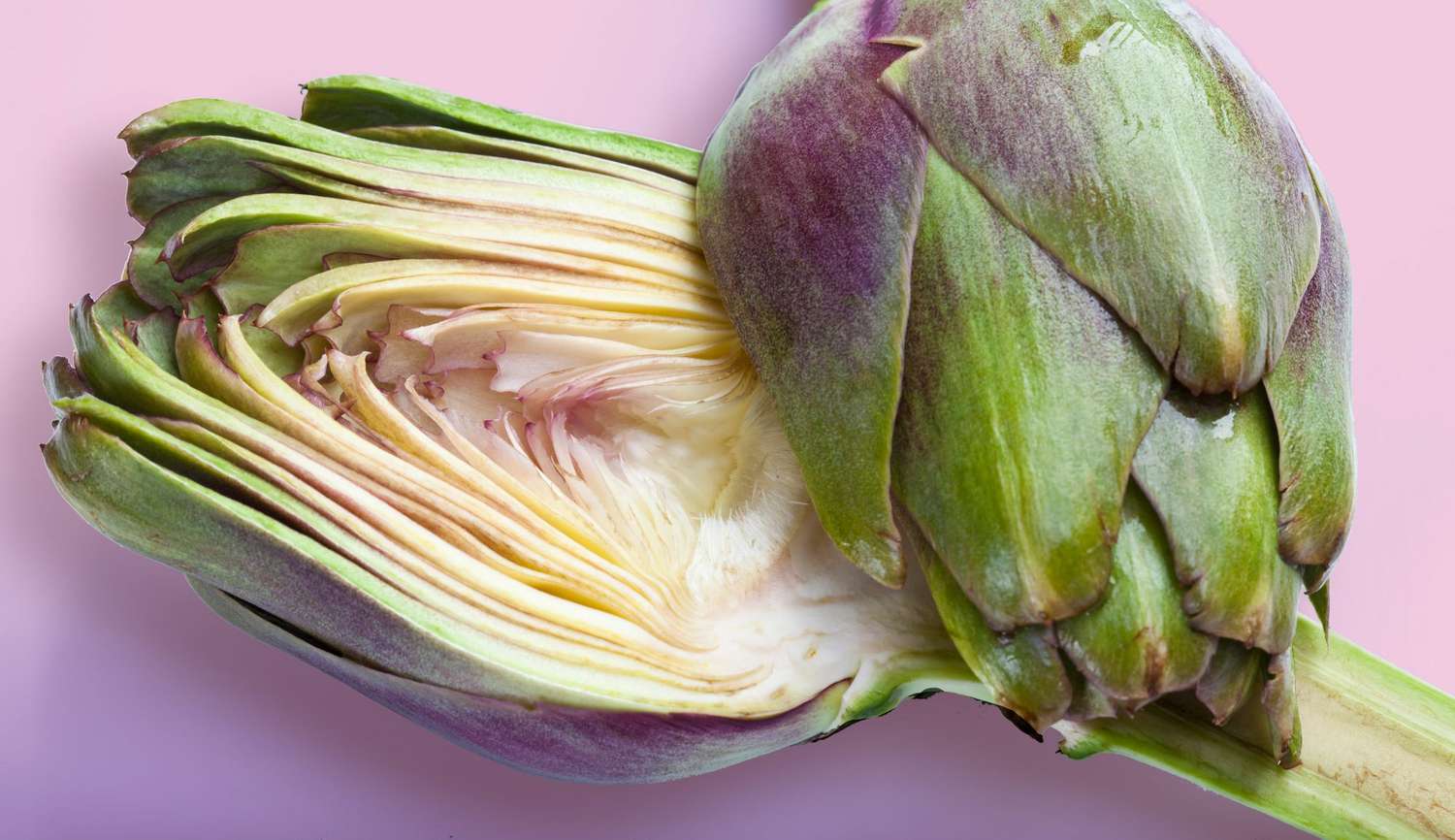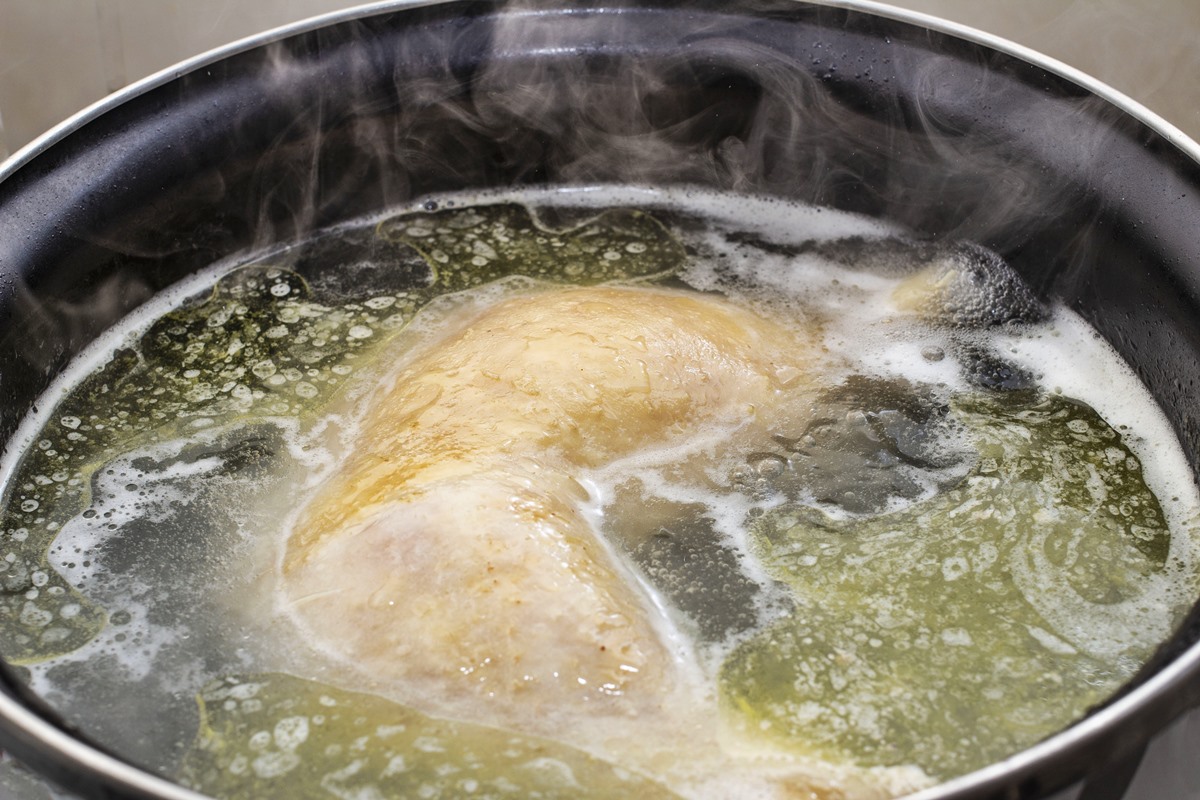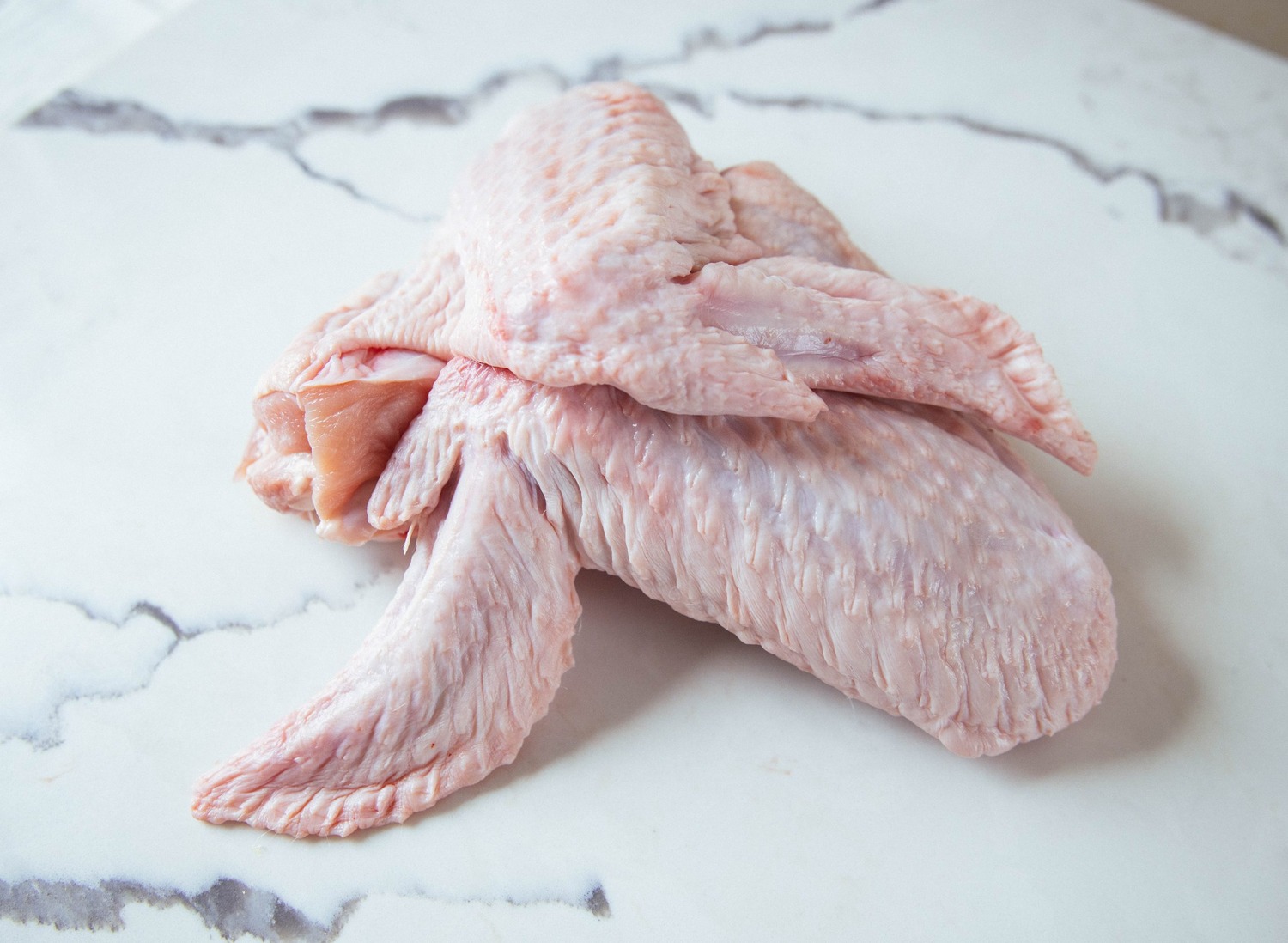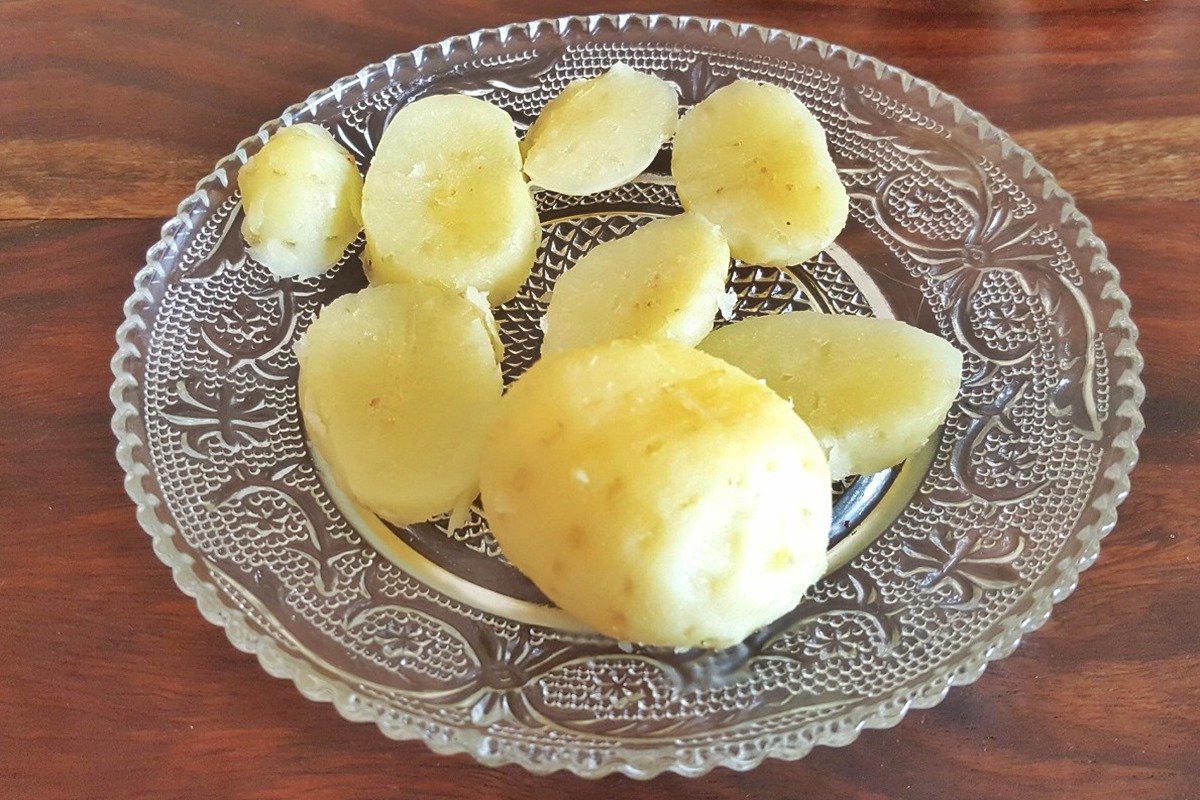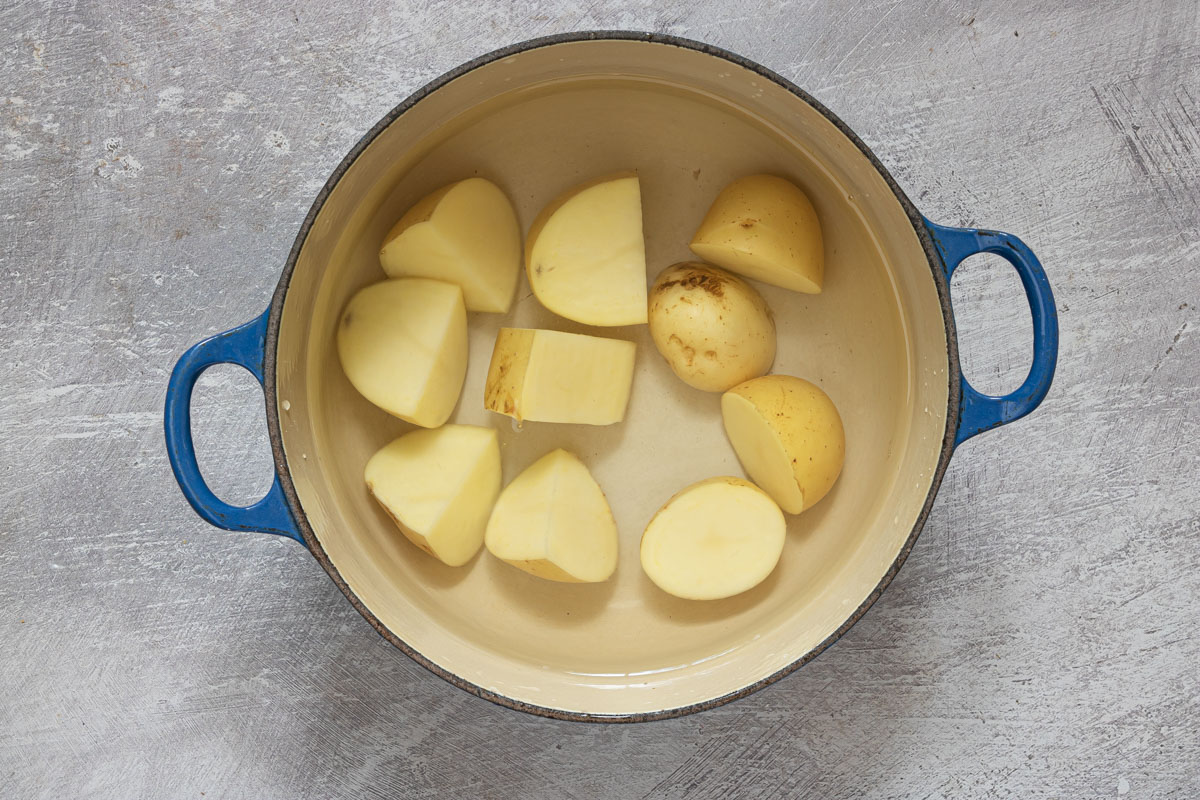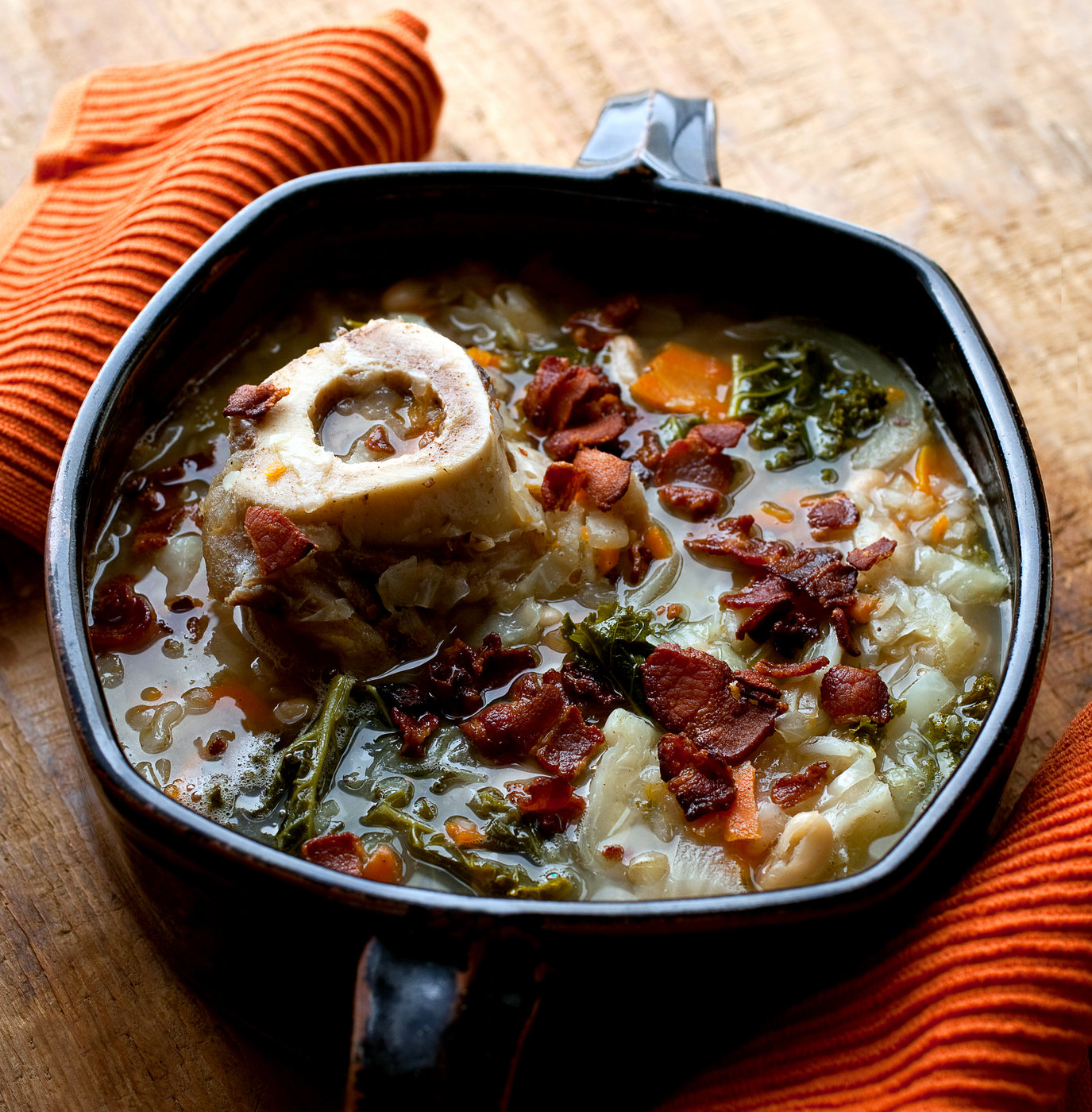How To Boil Rice For Dogs
If you have a furry friend at home, you want to ensure that they are getting the best nutrition possible. While commercial dog food can provide essential nutrients, many dog owners like to include homemade meals as a part of their pet’s diet. One popular and easily prepared option is boiled rice. Not only is it simple to make, but it also provides a nutritious and easily digestible meal for your dog.
The Benefits of Boiled Rice
Rice is a staple food across many cultures, and it can also be highly beneficial for our canine companions. Here are some reasons why boiling rice for dogs can be a great addition to their diet:
- Easy Digestion: Boiled rice is gentle on your dog’s stomach and easily digestible, making it an ideal option for dogs with sensitive digestive systems.
- Dietary Fiber: Rice is a good source of dietary fiber, helping to promote a healthy digestive tract in dogs.
- Energy Boost: Rice is a carbohydrate-rich food, providing a steady source of energy for your furry friend.
- Vitamins and Minerals: Although rice may not be as nutrient-dense as other foods, it still contains essential vitamins and minerals that can support your dog’s overall health.
Preparing Boiled Rice for Your Dog
Follow these easy steps to prepare boiled rice for your dog:
- Choose the Right Rice: Opt for white or brown rice, as they are the easiest for dogs to digest. Avoid using flavored rice or rice mixed with seasonings.
- Rinse the Rice: Thoroughly rinse the rice to remove any excess starch or impurities.
- Proper Ratio: Use a ratio of 1 cup of rice to 2 cups of water. This will ensure that the rice is cooked properly.
- Boiling Process: Place the rice and water in a pot and bring it to a boil. Once boiling, reduce the heat to low and cover the pot with a lid.
- Cooking Time: Allow the rice to simmer for about 15-20 minutes or until all the water has been absorbed and the rice is soft and cooked through.
- Cool and Serve: Let the rice cool down before serving it to your dog. It’s important to avoid serving hot food to your pet as it can cause burns.
Remember, it’s best to consult with your veterinarian before making any significant changes to your dog’s diet. They can provide valuable advice based on your dog’s specific needs and dietary requirements.
Additional Tips for Adding Variety
While boiled rice is a great standalone meal for your dog, you can also add some healthy and dog-safe toppings to provide variety and additional nutritional benefits. Here are some ideas to consider:
- Lean Protein: Cooked chicken, turkey, or lean ground beef can be mixed with the boiled rice to add flavor and protein.
- Steamed Vegetables: Adding steamed vegetables, such as carrots or green beans, can provide added vitamins and fiber to your dog’s meal.
- Fish: Cooked fish, like salmon or tuna, is another excellent protein source that can be served with boiled rice. Just ensure there are no bones or seasonings.
- Plain Yogurt: A dollop of plain yogurt can offer probiotics and a creamy texture to make the meal more enjoyable for your pet.
By mixing and matching these nutritious ingredients, you can create delicious and healthy meals for your furry friend while keeping the base of boiled rice as a staple in their diet.
The Bottom Line
Boiled rice can be a wonderful addition to your dog’s meal plan. It is easy to prepare, gentle on their stomach, and provides essential nutrients. Remember to always consult with your vet before introducing any new foods or making significant changes to your dog’s diet. With a balanced approach, you can ensure that your dog enjoys a healthy and satisfying diet that keeps them happy and wagging their tail.
Was this page helpful?
Read Next: How To Boil Chicken Thighs For Dogs
